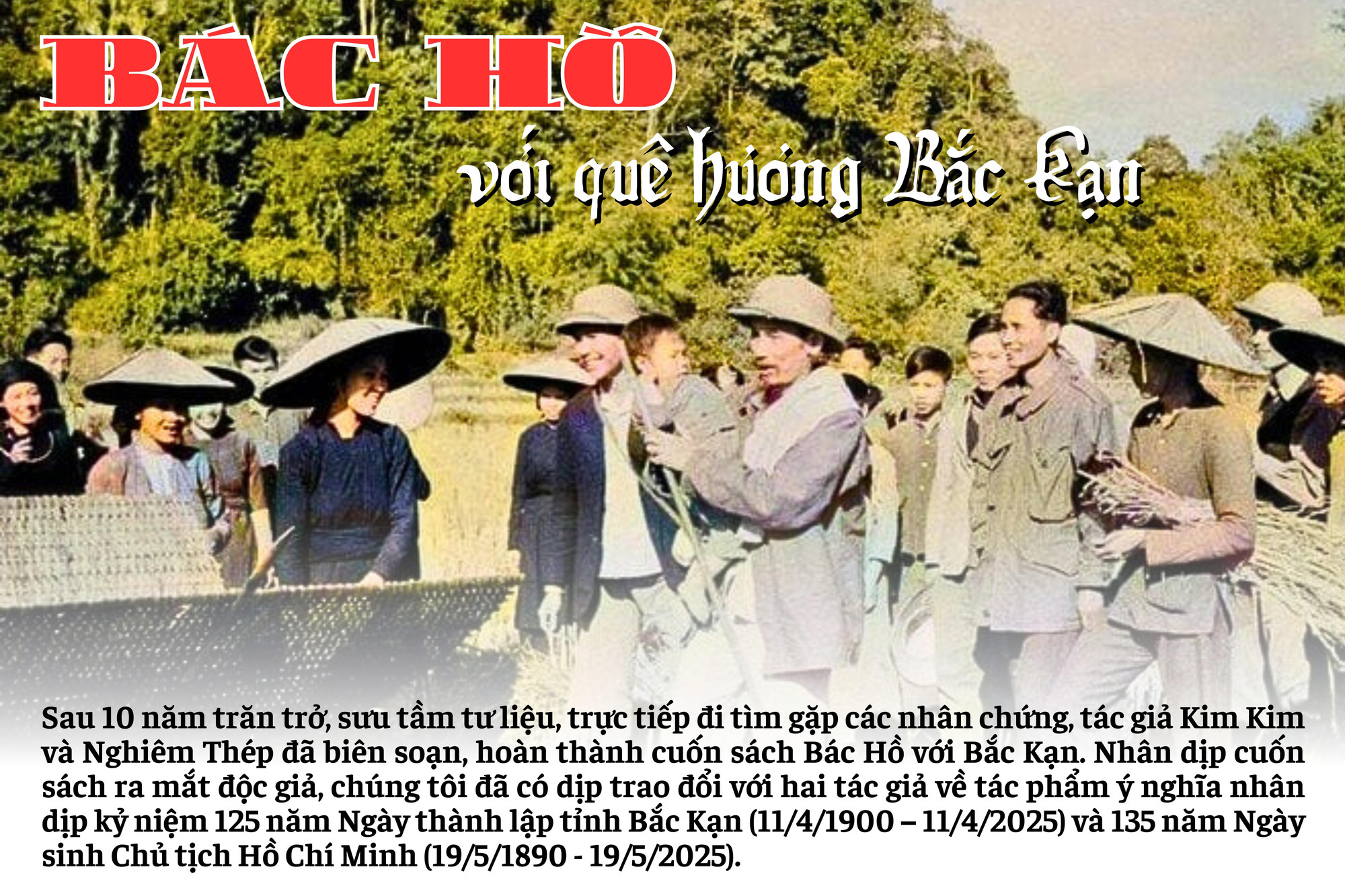
Bac Kan - the revolutionary land, where President Ho Chi Minh left his footprints during his revolutionary activities. Those historical years have been vividly recreated through the book "Uncle Ho with Bac Kan". The work was compiled by two authors Kim Kim and Nghiem Thep, the result of a meticulous collection and research process, contributing to further clarifying the close relationship between Uncle Ho and the people of Bac Kan.
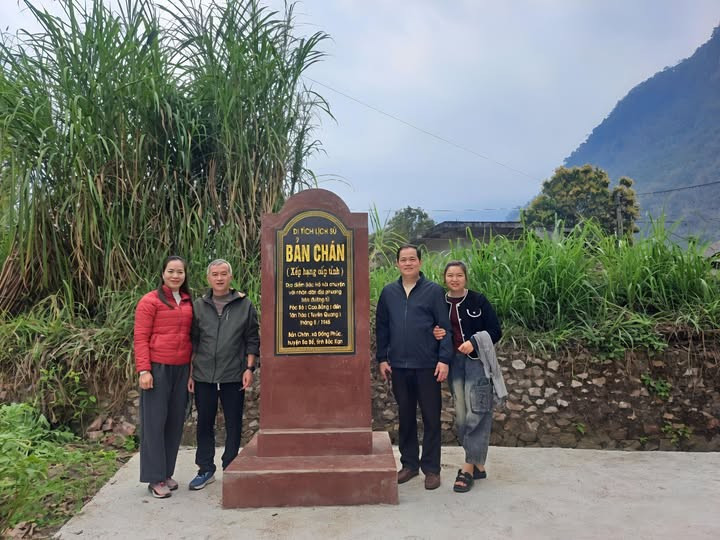
We met the two authors Kim Kim (real name O Kim Phong) and Nghiem Thep (real name Nghiem Van Thep) right when the book Uncle Ho and Bac Kan had just left the printing house. As soon as the book box was opened, the authors cherished and touched the cover of the book with a picture of Uncle Ho standing among the ethnic people of Bac Kan. Flipping through each page of the book, which still smelled of ink, Kim Kim and Nghiem Thep remembered the days when they first started coming up with ideas and the journey of persistently following in Uncle Ho's footsteps.
As children of Bac Kan, with love and admiration for President Ho Chi Minh, the two authors have long wondered how to make more people know about the years Uncle Ho spent with Bac Kan. So the idea of having a book that records the most complete events of Uncle Ho with Bac Kan was formed. With that wish, the two of them proactively collected and compiled documents and started writing nearly 10 years ago. With perseverance and passion, by 2025, when the documents were relatively complete, at the same time with important milestones such as: The 125th anniversary of the founding of Bac Kan province and the 135th anniversary of Uncle Ho's birthday, the book was published.
More than 30 articles about the years when Uncle Ho worked and visited Bac Kan, each article has a full timeline, valuable historical documents and witness accounts. That shows the meticulousness, meticulousness and sense of responsibility of the authors for their brainchild. In a conversation with us, author Kim Kim confided: Before that, we had systematically collected documents about Uncle Ho and Bac Kan from many sources: Books, newspapers, museum records, witnesses and direct field surveys, so the basic documents were complete, rich and reliable; at the same time, the relatives of the witnesses as well as the authorities and functional agencies created favorable conditions and helped a lot, contributing to the smooth completion of the book.
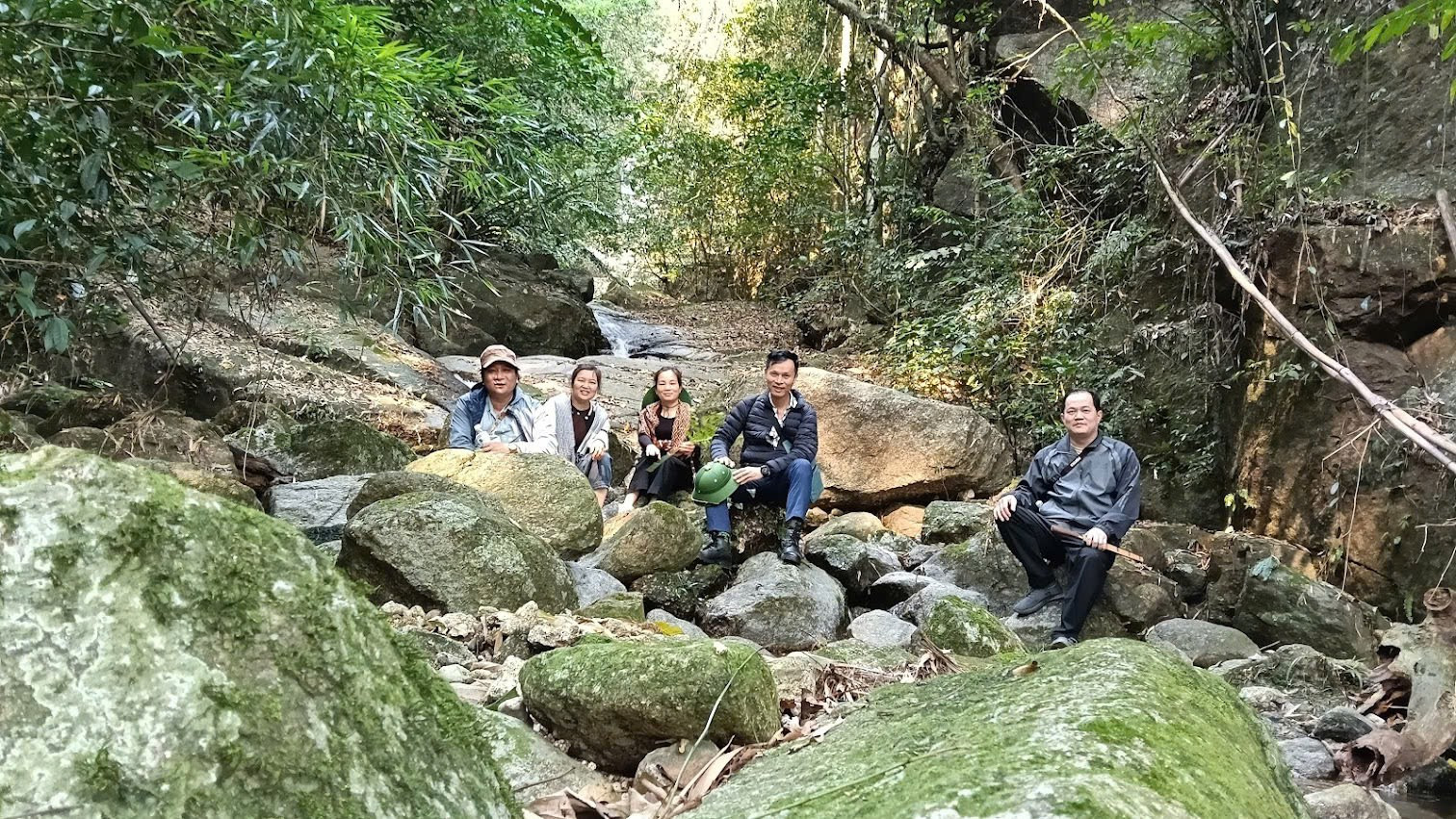
Talking about the difficulties, author Kim Kim was moved: Because many events took place 80 years ago, witnesses are almost gone, and many documents and books have inconsistent content about the same event, so we have to verify and compare many documents to find the most accurate results. But because of that, we had the opportunity to talk and meet many witnesses who are children and grandchildren of people who directly met Uncle Ho. Everyone wholeheartedly helped and expressed their affection and love for Uncle Ho. There were times when they took us to the relics, told us in detail, making us feel like we were seeing Uncle Ho working and visiting people again.
Among the rare witnesses who are still alive are veteran revolutionary writer Nong Viet Toai, who is nearly 100 years old this year, and Mr. Dong Phuc Tuc, former Secretary of the Bac Kan Provincial Youth Union (1957-1961), who is also 105 years old this year. When meeting with them, I was very moved by the memories of the times I met Uncle Ho in the past that are still intact in the minds of these historical witnesses. They enthusiastically talked about Uncle Ho with the most loving hearts of true revolutionaries and communists. That is truly wonderful, worth learning from them.
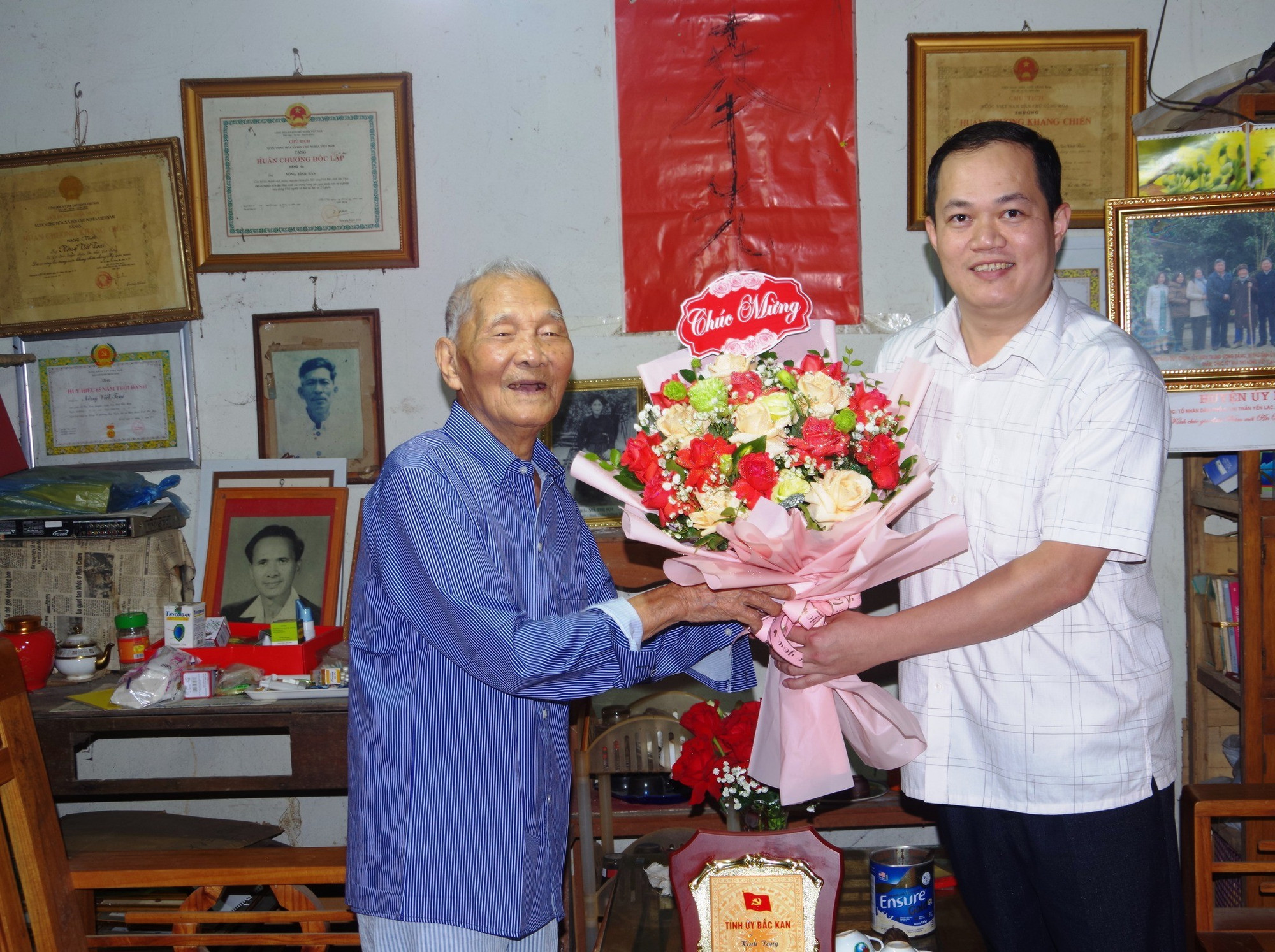
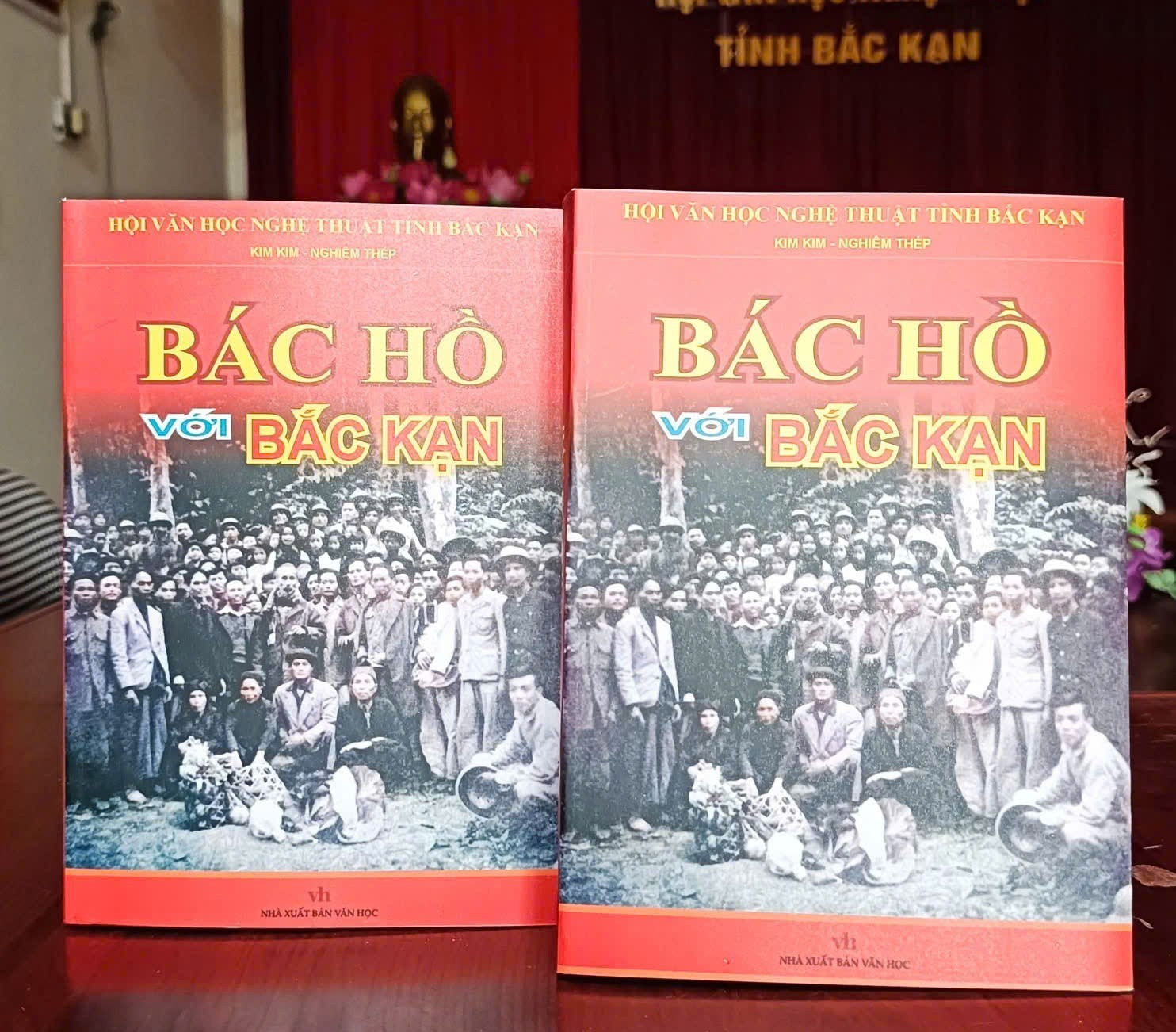
The work "Uncle Ho with Bac Kan" consists of four main parts:
Part I: Bringing readers back to the historical moment of May 1945, when Bac Kan became an important place on Uncle Ho's journey from Pac Bo to Tan Trao, where he directed the establishment of the Liberated Zone, laying the foundation for the victory of the August Revolution.
Part II: Depicting the years of resistance against French colonialism (1945–1954), with places bearing Uncle Ho's footsteps such as ATK Cho Don, Na Tu, Bac Kan town... - where he directly directed and motivated cadres and people.
Part III: Records the times Uncle Ho returned to visit Bac Kan after the victory of the resistance war, expressing deep affection and at the same time conveying great messages of encouragement for the people to continue building their homeland.
Part IV: Is a collection of many valuable documents such as letters, directives, and resolutions related to Bac Kan - documents rich in historical value, helping today's generation understand more deeply Uncle Ho's heart and concern for the locality.
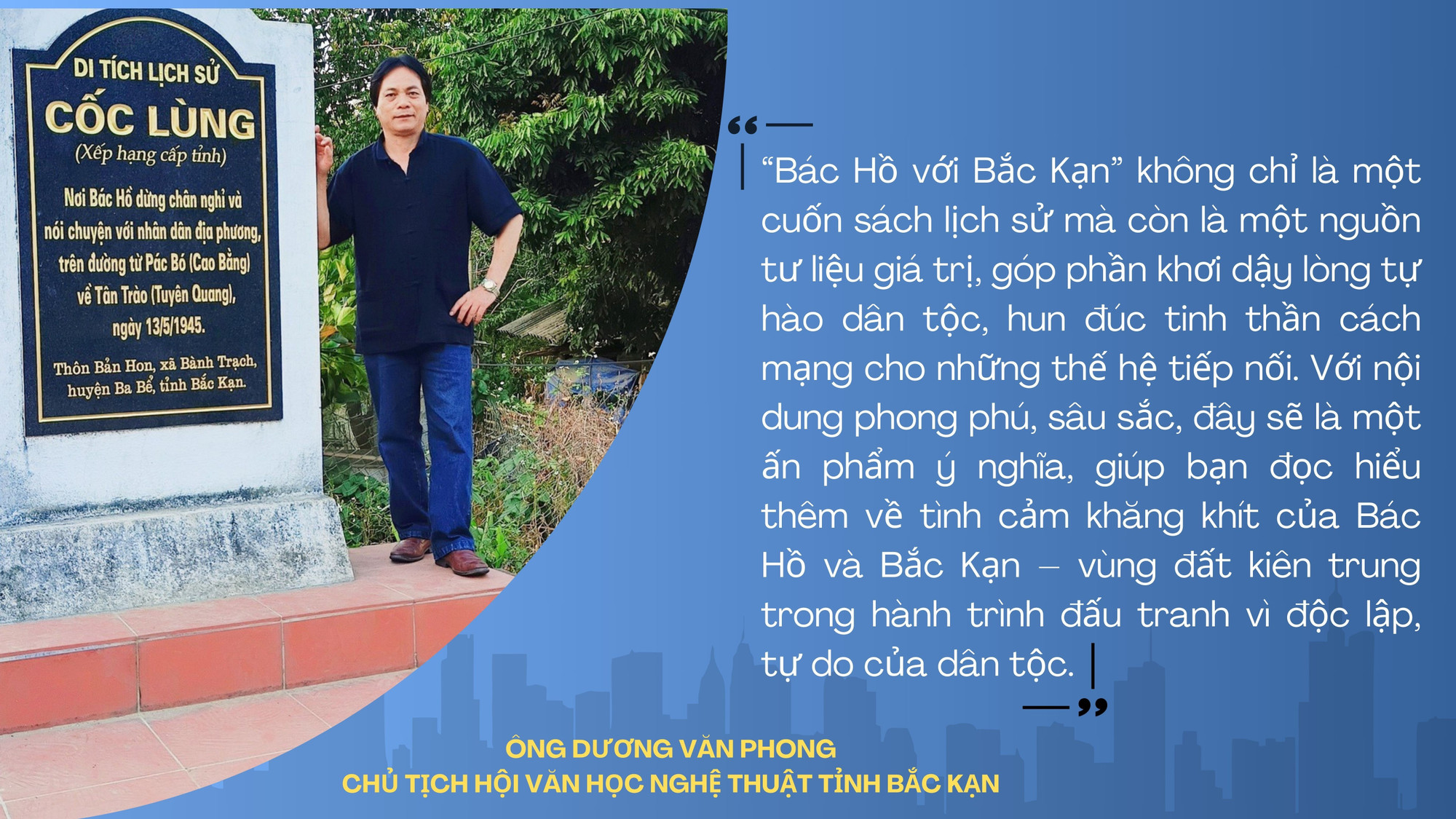
Source: https://baobackan.vn/bac-ho-voi-que-huong-bac-kan-post70042.html



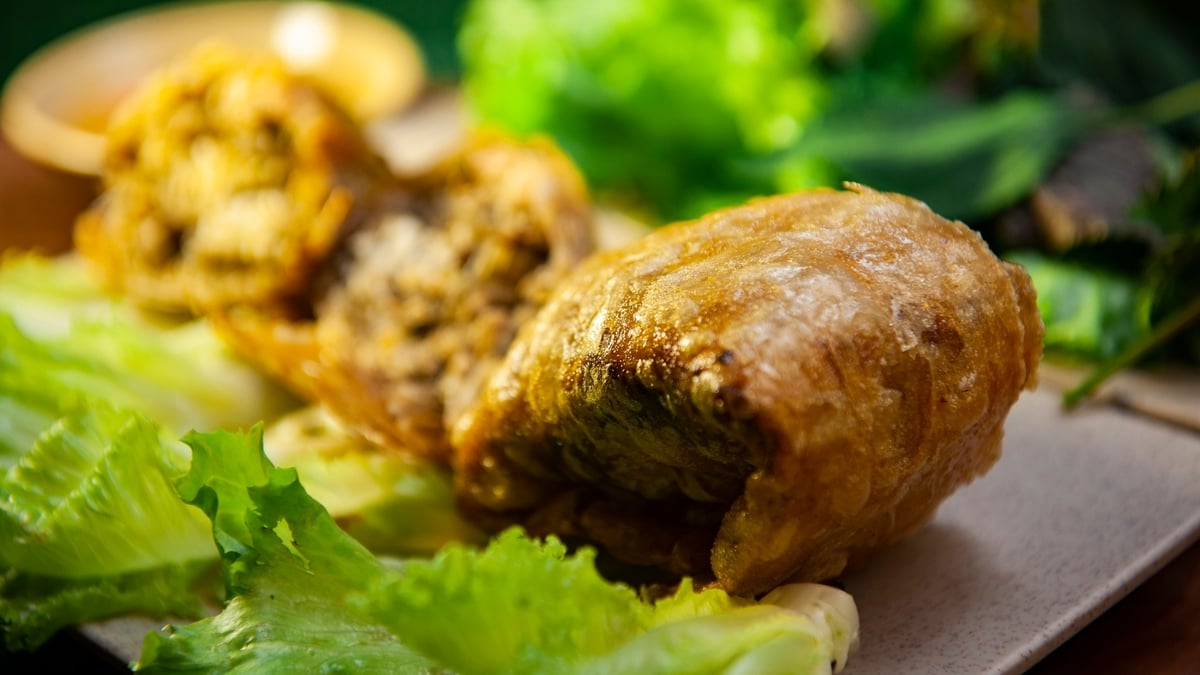
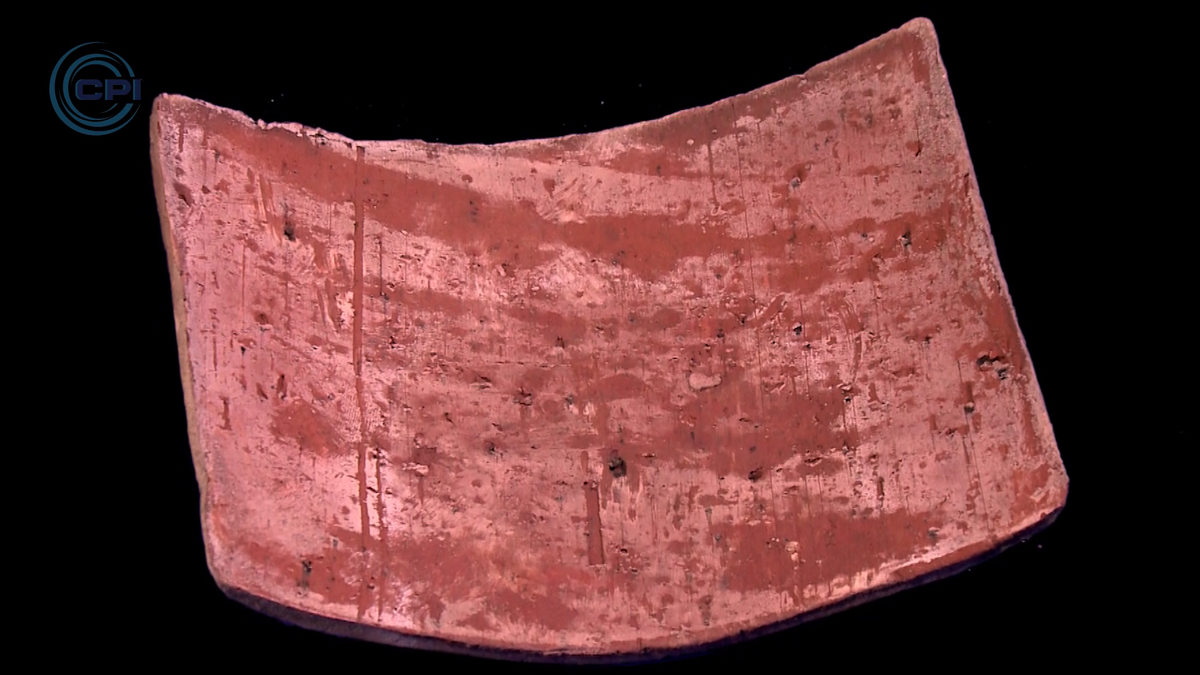
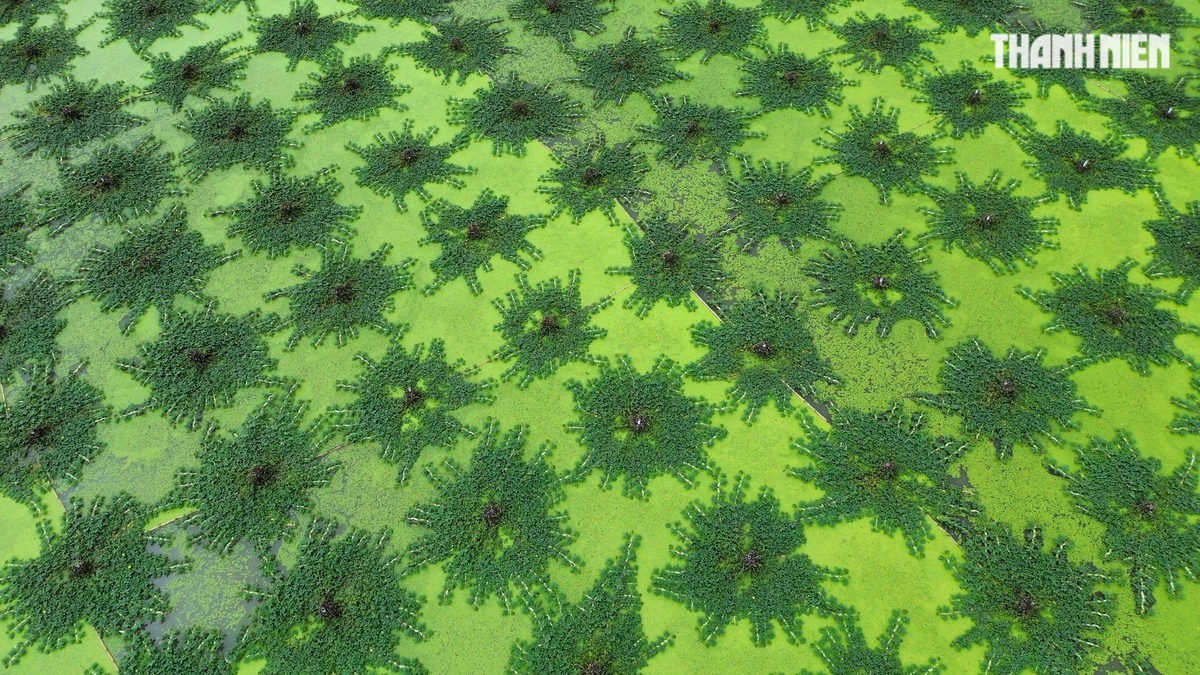
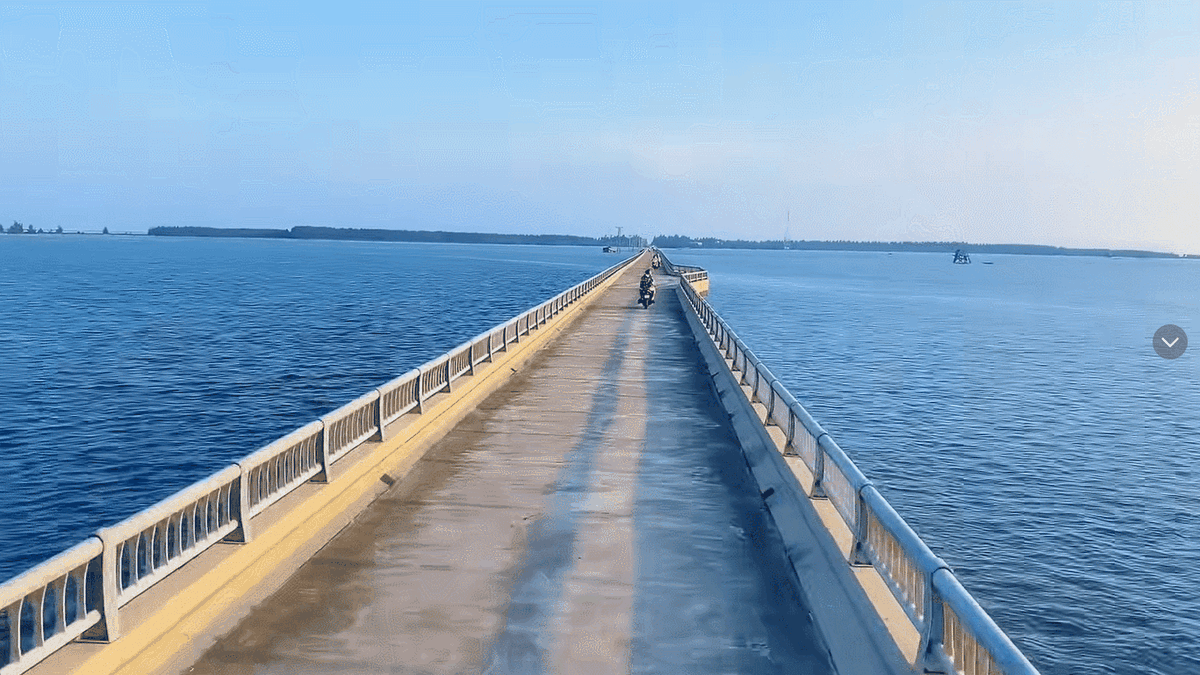




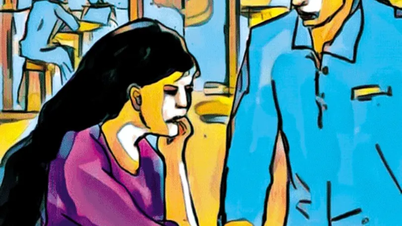
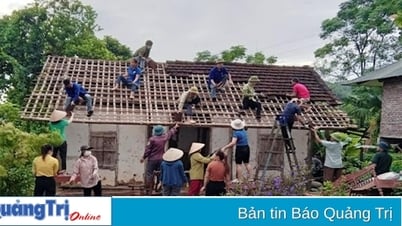





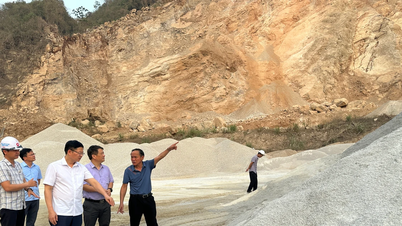
![[LIVE] MILITARY PARLAY TO CELEBRATE THE 80TH ANNIVERSARY OF VICTORY IN THE WORLD PATRIOTIC WAR](https://vphoto.vietnam.vn/thumb/402x226/vietnam/resource/IMAGE/2025/5/9/cc9a3d18f01946a78a1f1e7c35ed8b31)
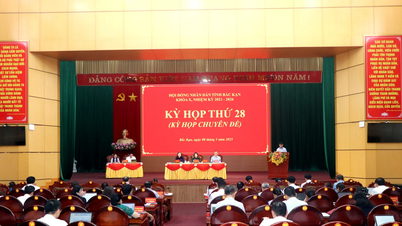
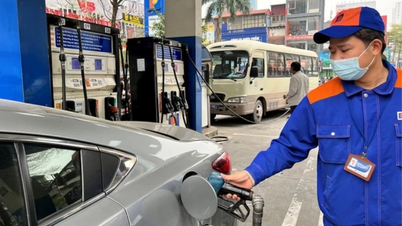
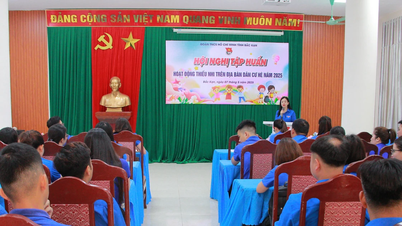


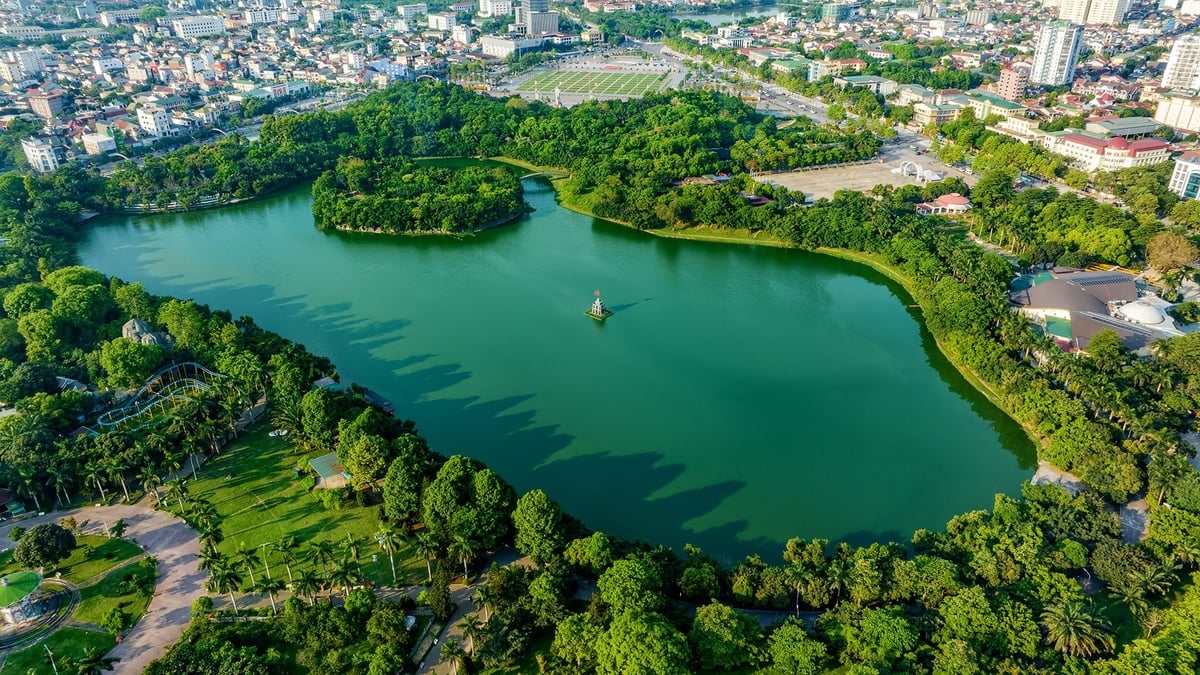








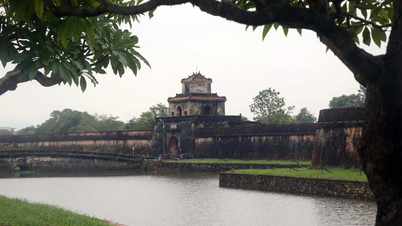

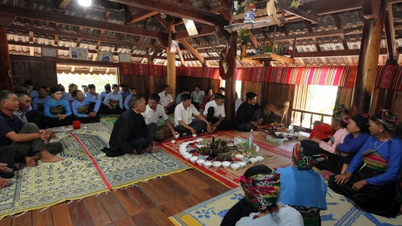









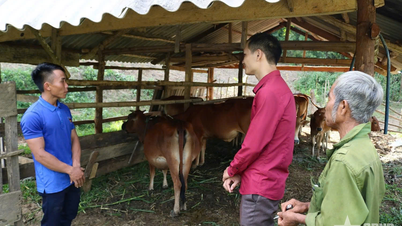

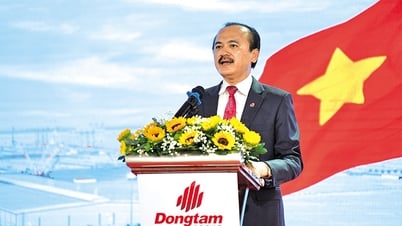










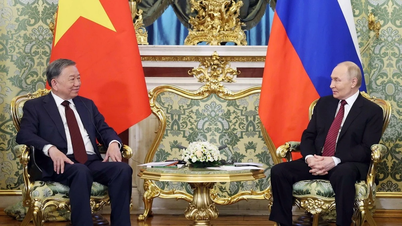
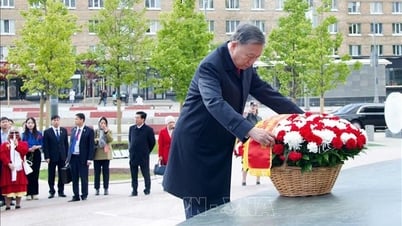
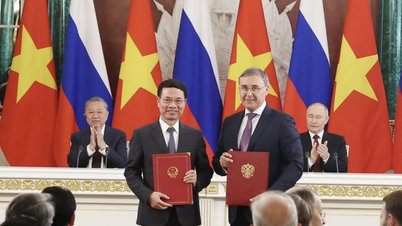

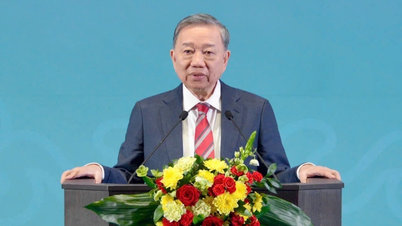
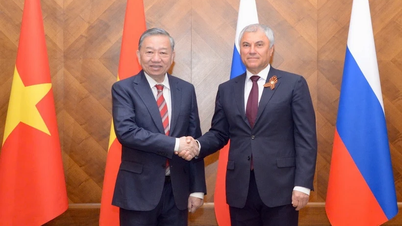








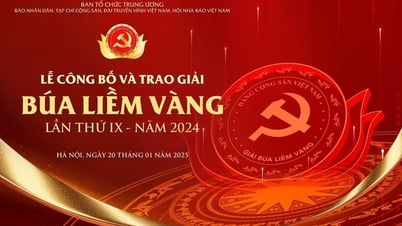
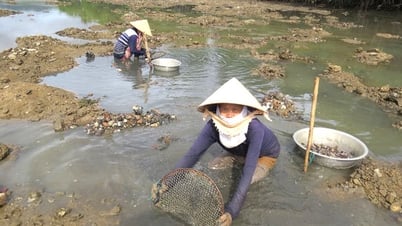

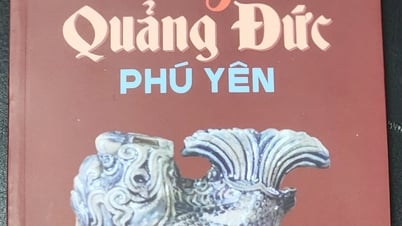
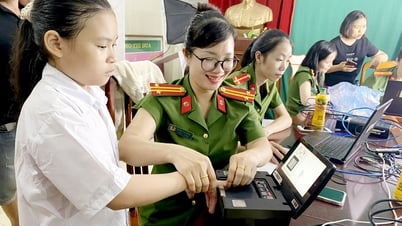

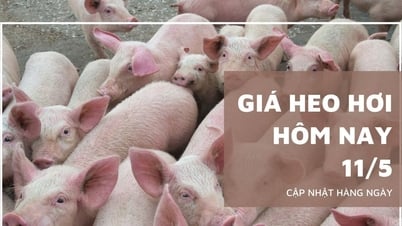












Comment (0)